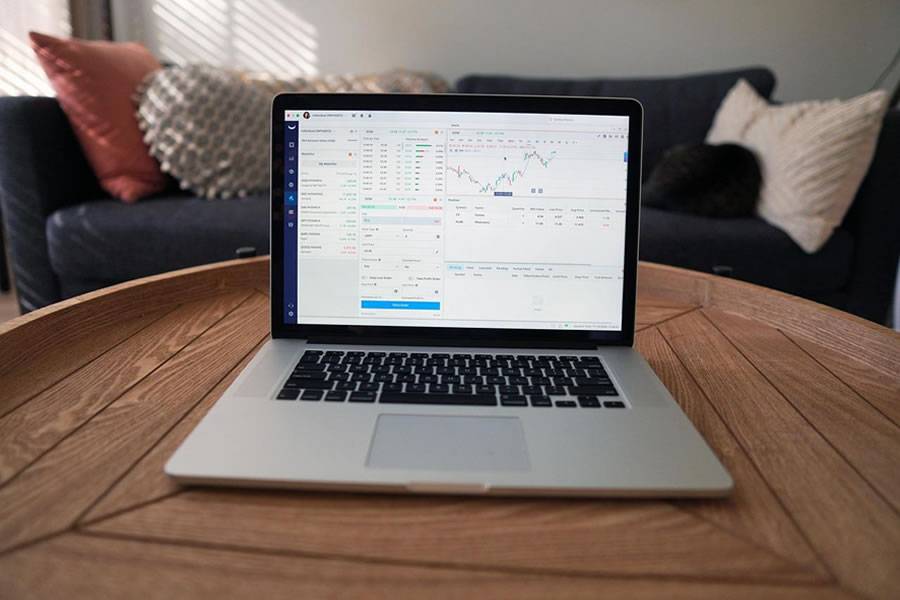Trading Forex Strategies: Building a smarter approach to the markets
- 21-06-2025
- Business
- Canarian Weekly
- Photo Credit: Pixabay
Adopting a smart approach to the markets when you want to look at trading forex the right way is largely a matter of strategy. There are good strategies and bad strategies, flexible strategies and rigid strategies, and strategies that require additional development.
The point here is that by assessing all of your options, you’re able to come to a reasoned decision about the best approach to take.
Considering the need for a strategy before looking at some common examples will help you understand how to balance risk and reward over the long term. It will also help you to better understand how you make decisions in relation to trades and positions as the market continually evolves throughout the day.
Why Do You Need A Forex Strategy?
The large number of trading forex strategies that exist are essential tools for success, whether it be short-term or long-term, and allow you to make decisions in a systematic manner. Mastering each strategy is possible when you take a proactive approach to working through the many educational resources that you will find online. Each resource will provide new insights and fresh perspectives, allowing you to understand the finer points and nuances of any given strategy.
Having a strategy in the forex world is essential when you want to be able to:
- Effectively manage risk exposure
- Improve your consistency
- Evaluate your long-term performance
- Utilise pre-defined entry and exit points
- Avoid falling into the trap of emotional trading
- Build your confidence progressively
Now that you know why you need one, it’s time we took a closer look at some of the most popular forex trading strategies so you can learn more.
Trend Following Strategies
Trend following is the most basic type of strategy in forex trading, and one that will help you improve your understanding of how the market typically behaves. To put it simply, the market either moves up or down. Even during periods where little looks to be moving one way or the other, there are factors at play that will soon change things.
The idea of a trend following strategy is to identify the points where a trend is about to reverse as soon as possible and then place a trade accordingly. If you notice that a low-value asset is showing signs of starting to increase in price, getting in early will allow you to buy it for a relatively low price before its value rapidly increases. Likewise, if you have a trade whose value is continually increasing, you will want to identify the point at which it levels out and starts to go in the other direction as early as possible. Doing so will ensure that you maximise the profits you’re able to generate from your trade.
One of the benefits of trend following strategies is that they force you to think more deeply about how the market is behaving. By focusing on local ups and downs that are superimposed on longer-term trends, you can develop an intuitive understanding of how prices typically evolve over time.
Breakout Trading Strategies
A breakout strategy is a little more nuanced and involves only making trades outside of specific price ranges. The volume of trades and the volatility of the market will come into play here, particularly if you’re looking to try and predict sudden dips or spikes that you can then profit from. There is a range of advanced analytical tools that will allow you to increase the accuracy of your predictions.
One such example is a tool that quantifies trading volume over time. If trading volumes surge and then there is a slight downward trend, you may find that a sudden price dip will soon follow as other traders rapidly sell off and close their positions.
An example of when to use a breakout strategy would be to make the most of the volatility and morning momentum that generally occurs when the markets first open. This is known as the Opening Range Breakout and takes advantage of the fact that the day’s starting stock price is determined by a sudden influx of all the market news that day. Getting in earlier with set parameters for your trades may help you capitalise on initial optimism or uncertainty first thing in the morning when the markets open.
Scalping Forex Strategies
A scalping strategy is even more in-depth and requires the ability to quickly place trades based on the very latest market data. Many successful scalpers use real-time data and pre-programmed trading bots that run on algorithms to instantly react and change their position.
The idea is to quickly adapt to small price fluctuations so that you can buy and sell at a profit throughout the day. Because the changes are typically very small, you need to focus on volume and accuracy so that you consistently amass small profits. A strategy of this form works best in a volatile market that is currently undergoing constant price fluctuations. Being able to predict when a market is about to enter this type of state will help you shift to a scalping strategy at the earliest opportunity.
Grid Trading Strategies
Griding trading in forex involves placing multiple buy and sell orders that are distributed at fixed intervals and price levels. The idea is to try to break down the degree of market volatility into smaller movements so that you can home in on the areas where there are profits to be made.
Platforms such as ThinkMarkets offer a range of training tools and educational resources that allow you to practice the more nuanced aspects of grid trading, as well as other strategies, and can also give you the option to experience a wide range of different market conditions using historical data.
This will help you define the size and frequency of the trades that you are going to use to set your grid, and to then adapt your guide values to suit a range of different levels of market volatility. Practising in this way will also help you determine when the ideal time to switch between grid trading and scalping is, so that you don’t miss out on large potential gains.
News Trading Strategies
One of the most commonly overlooked forms of forex trading is news trading, but it’s a strategy that many of the world’s leading investors have been using for decades. The idea is simple: to adjust your trading strategy to take into account the news of the day, but the execution can be highly complex as you get more and more in-depth with your research.
Many people who want to try a news trading strategy start off by looking at scheduled events that are sure to shift the markets and cause prices to move. Earnings reports, national budgets, and economic updates from central banks that set interest rates are all scheduled for publication in advance. Developing several strategies ahead of time so that you can rapidly adapt to the form the news takes will allow you to trade with a higher probability of success during the morning’s initial surge in market momentum.
One of the key things to remember here is that there are also unexpected events that can change the dynamics of the market the moment news of them filters through. Freak weather events, large industrial accidents, wars, and outbreaks of disease will all cause some form of uncertainty, which will then impact the psychology of your fellow traders. Being abreast of what is happening in the wider world will allow you to take an agile approach to forex news trading so that you are never left behind.
The Last Word
Learning the fundamentals of several different forex trading strategies will allow you to approach the markets in a smarter, savvier way. The goal is to be able to adapt to changing market conditions in a way that allows you to find the right time to enter into a new trade. Strategies that have been developed over many years provide clear guidance and basic trading principles that will help you to hone your skills and maximise your returns.
The best approach is to learn a variety of different strategies rather than focusing on just one or two. This is because you will not be able to properly account for all the various forms of market behaviour if you restrict yourself to a small number of strategies. Viewing them as tools and looking to have as many as possible in reserve will help build your confidence, improve your understanding, and maximise the returns you can generate.
Other articles that may interest you...
Trending
Most Read Articles
Featured Videos
A Vision of Elvis Tenerife Promo
- 10-05-2025
TEAs 2025 Highlights
- 17-11-2025



























































